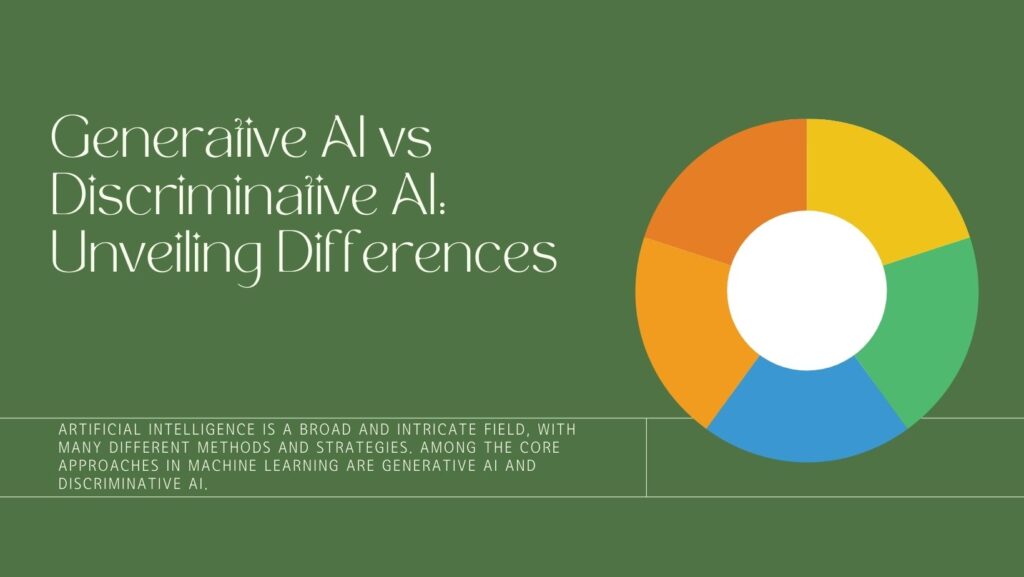What is Discriminative AI?
Discriminative AI models focus on making predictions or classifications based on input data. They learn to distinguish between different categories or classes by identifying patterns and boundaries within the data. Think of it as teaching a model to differentiate between apples and oranges.
- Core function: Classification and prediction.
- Examples: Spam filters, image recognition, fraud detection.
- Common algorithms: Support Vector Machines (SVMs), Logistic Regression, Neural Networks (for classification tasks).
What is Generative AI?
In contrast to discriminative models, generative AI aims to create new data instances similar to the training data. These models learn the underlying data distribution and can generate fresh samples that resemble the original dataset.
- Core function: Generating new data points.
- Examples: Image generation, text generation, music composition.
- Common algorithms: Generative Adversarial Networks (GANs), Variational Autoencoders (VAEs).
| Feature | Generative AI | Discriminative AI |
|---|---|---|
| Goal | Generate new data | Make predictions or classifications |
| Data | Unlabeled or partially labeled | Labeled data |
| Focus | Data distribution | Decision boundary |
| Examples | Image generation, text generation | Image classification, spam detection |
Related Differences- OpenAI vs Anthropic / Gemini vs Gemma
